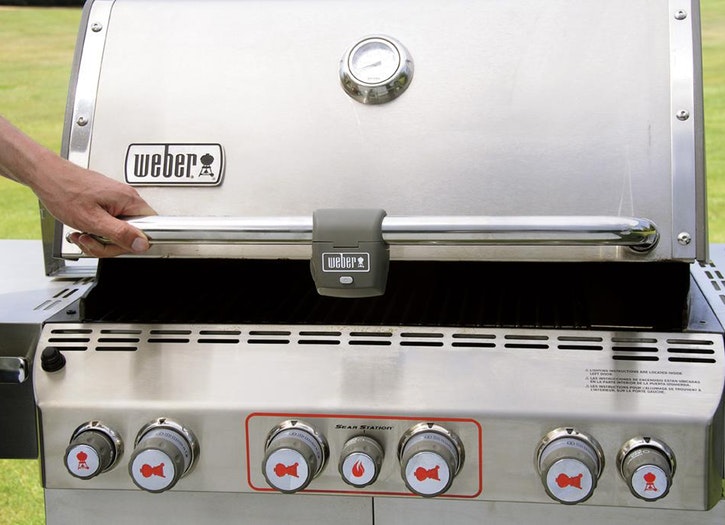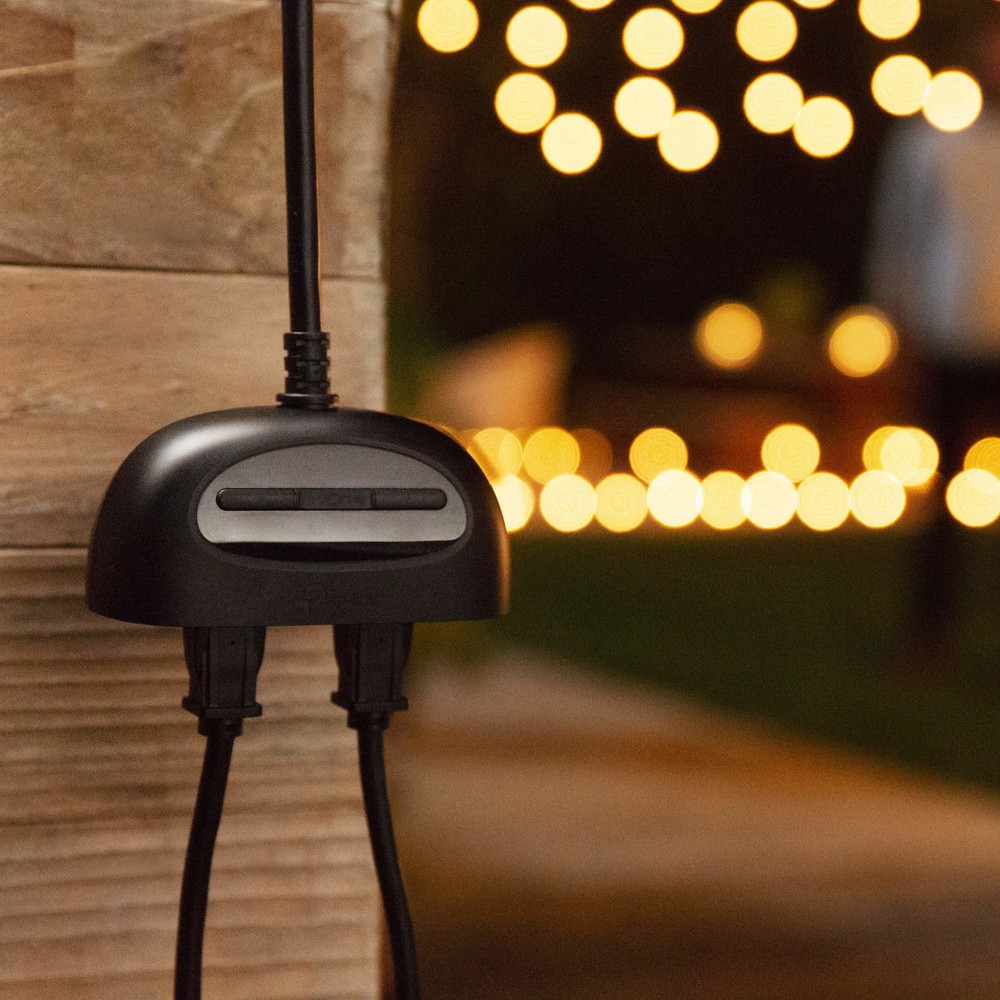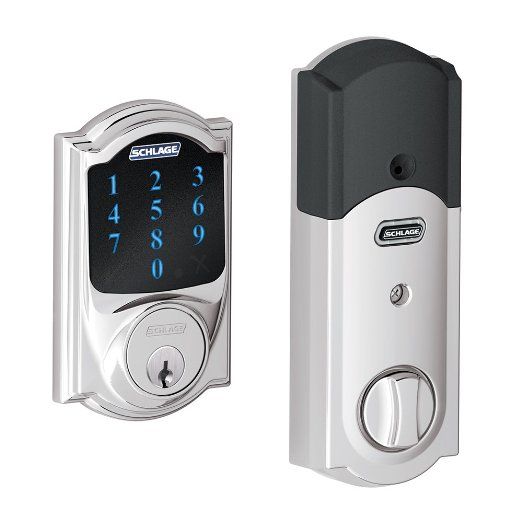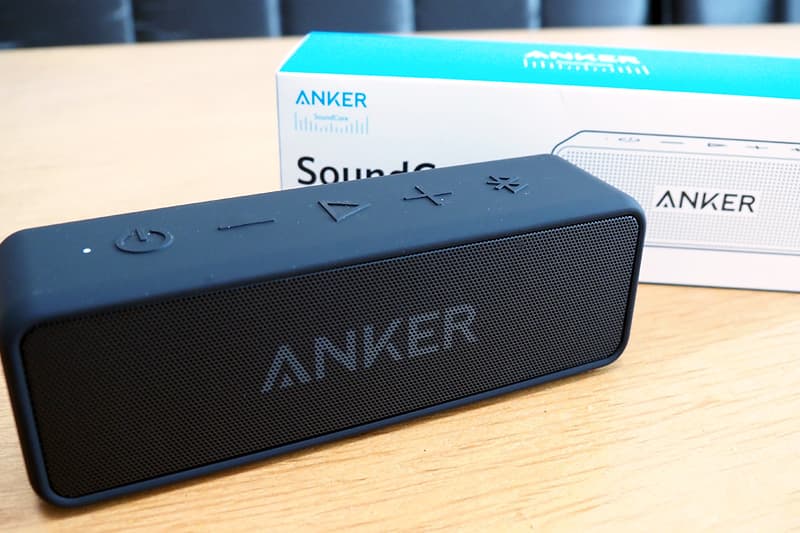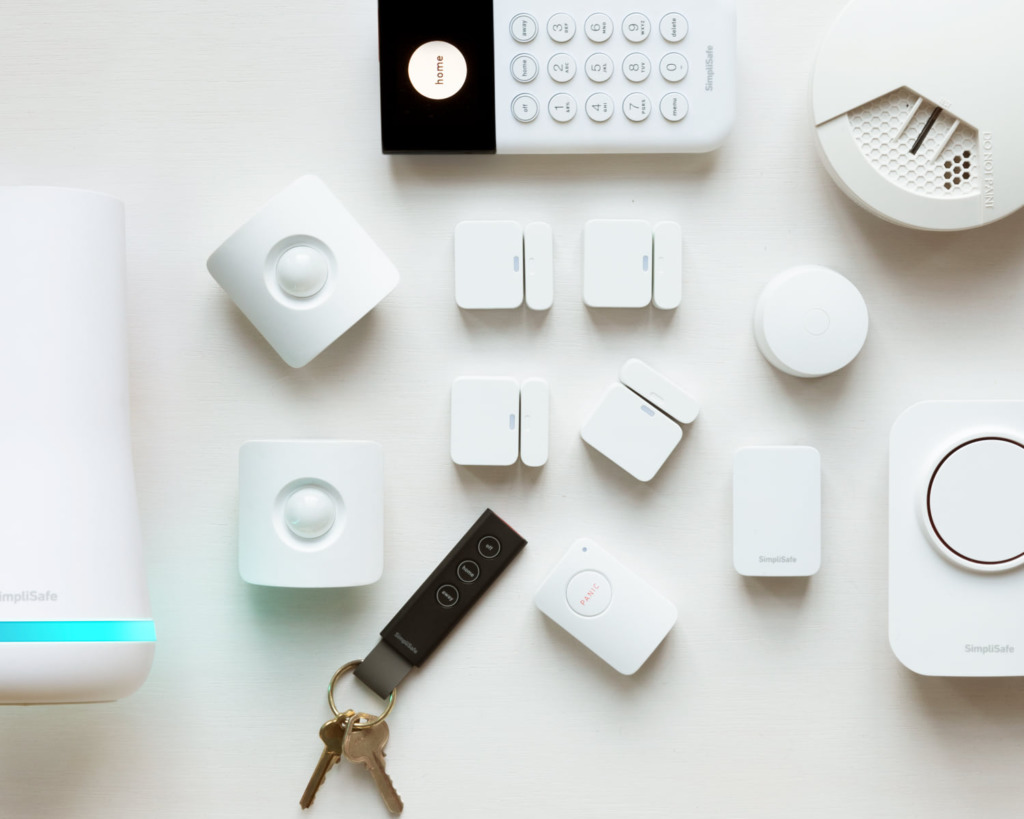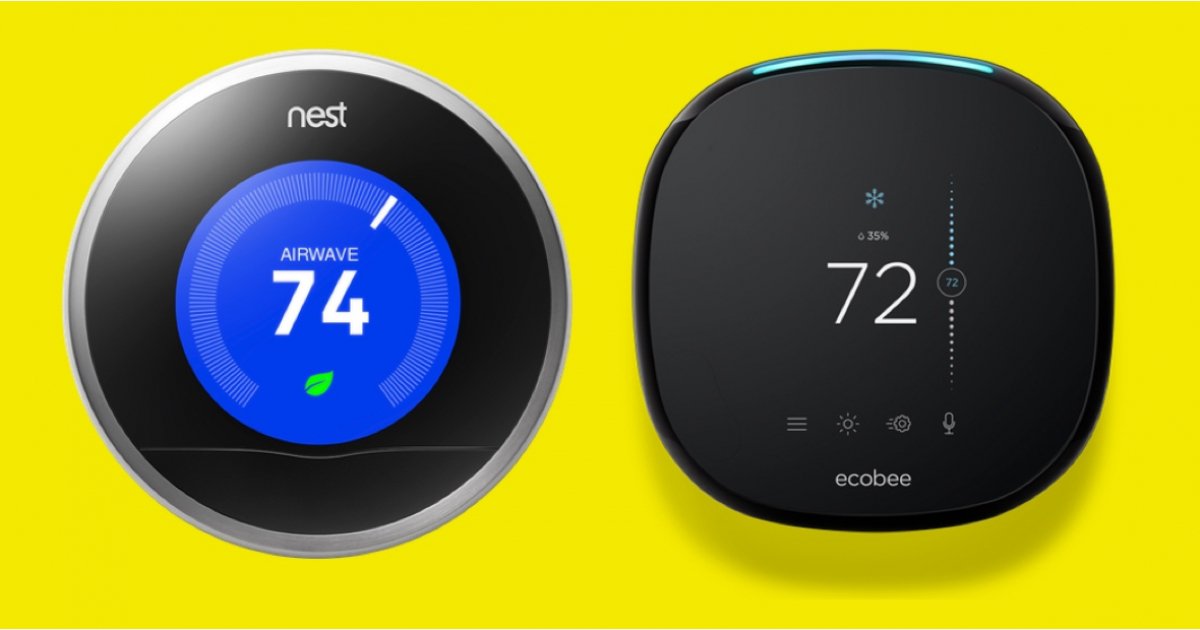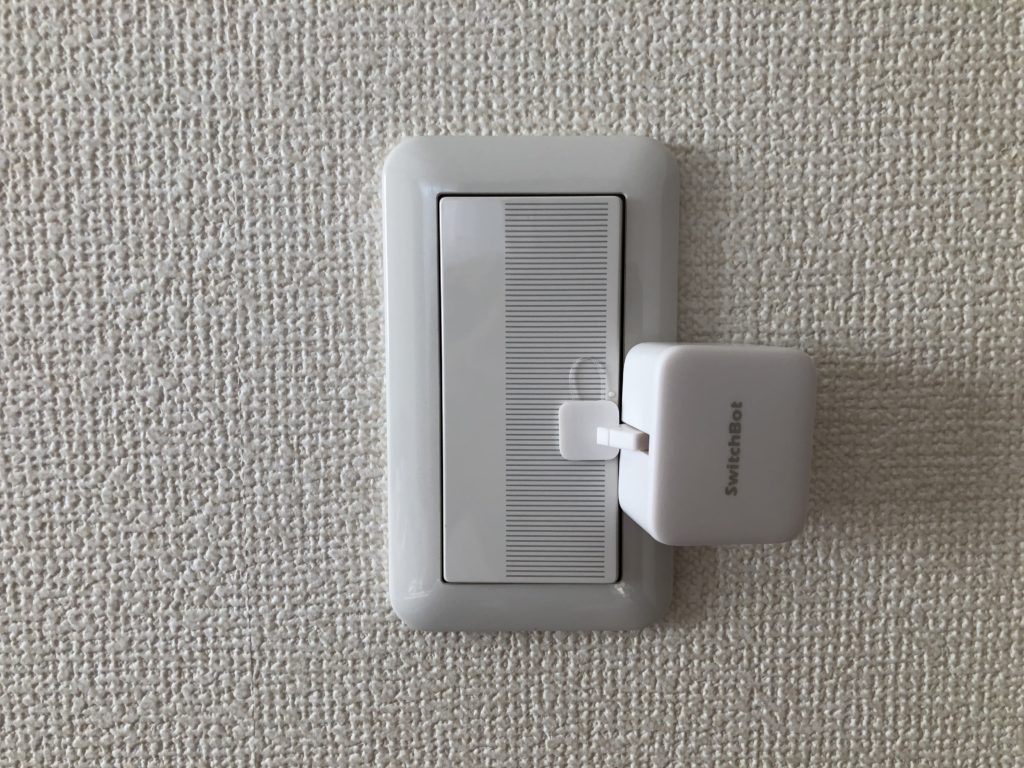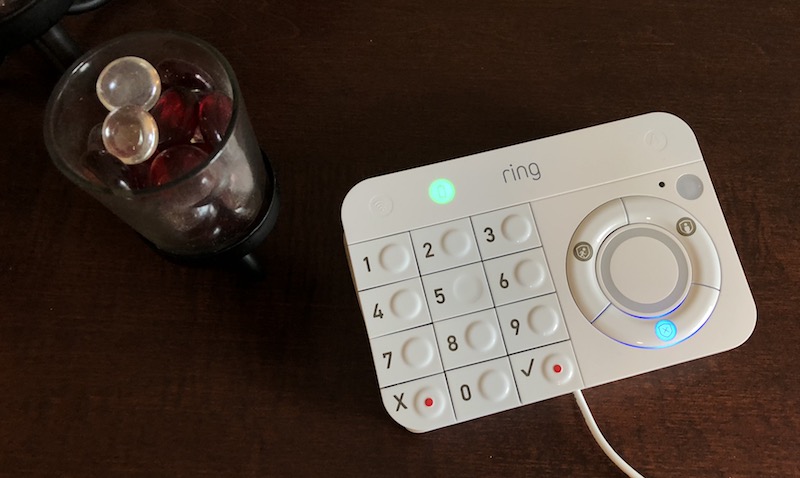Nothing ruins the appearance of an expensive flat-screen TV like a tangle of unsightly wires sticking out the back. Are you wondered how to hide wires on wall? Then this post is right for you.
To solve your wire problems and stay plugged in, use these resourceful cord management ideas.
Whether they are for a wall-mounted TV or plug-in wall lights, wires can be easily hidden in the wall. This do-it-yourself task takes under an hour.
Table of Contents
How to Hide TV Wires on Wall?
Read our step-by-step gudie to hide your mess wires.
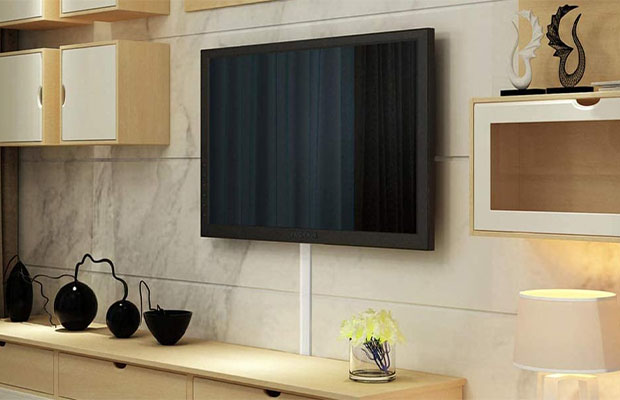
1. Safety Check and Mark Up the Wall
The area you intend to conceal the TV wires behind should be checked with your stud/live wire detector. To get a clear picture of what’s hiding behind the plasterboard, mark in pencil where your wires go and where your studs are (if any).
2. Check the Socket Area and Cable Length
Check the surrounding area to determine where it is safe to drill and cut if there are some sockets lower on the wall that you would like the wire to exit next to. In order to choose where to place the entry and exit points, it is wise to check the length of the cables you intend to conceal at this point.
3. Decide Where the Wire Openings Should Go
Decide where you want the two openings to be once your object or TV is mounted on the wall and your wires and obstructions have been mapped out. To make feeding the wire through easier, it is best to have them directly above one another.
4. Prepare to Install the Wall Plate
Remove the brush portion of the wall plate, then mark the internal square or rectangle and screw holes on the wall with a spirit. I placed the exit point right next to the TV wall mount so that the TV would conceal it, and I placed the entry point directly next to and in line with the existing wall sockets below.
5. Cut the Entry and Exit Holes
Grab your wire detector and double check there is nothing there after marking the entry and exit. After that, you can cut the hole with your multi-tool’s flat wood cutting bit.
Top tip: If you don’t have a multi-tool, you can drill holes into each of the four corners and cut out the squares with a plasterboard knife.
6. Detach the Wires from the TV
Prepare the wires to feed through by removing them from your TV. Once the wires have been fed through the wall, you can either attach the face plates at this time or later.
7. Attach the Face Plates
Use a wood drill bit to create a hole where the screw holes should be to attach the face plates. Attach the plate using the proper rawl plug and screws for plasterboard. This should be done for both the entrance and exit points, but wait to add the brush fronts.
8. Feed the Wires Behind the Wall
To feed the wires behind the wall, cut a long piece of string the length of the space between your entry and exit points. Tie a weight (I used a drill bit) to one end, leaving enough string to tie to the wire or enough knot to undo.
Don’t let go as you place this weight into the hole at the top of the entryway, allowing gravity to pull it down behind the wall.
As it passes through the bottom hole (exit point), continue feeding downward until you see it. Without letting go of the string’s top, grab it and pull through.
9. Feed the Cable Up Behind the Wall
To get the cable to start feeding up behind the wall, tie the bottom end of the string around it and then begin pulling the top end. Once you’ve gotten to the top, pull through just enough to connect to the TV and cut the string. Do the same thing with any additional cables.
10. Finish Up
Once all of your cables are inserted, feed their ends through the brush and clip them to the face plate. You’re done when you plug in the cables on both ends, mount your TV on the bracket you installed, or move your furniture back into position.
How Do You Hide Unsightly Wires?
This easy fix for a wire-free wall can completely change a room and make a TV look mounted invisibly. If you don’t want to pay an electrician, you can use this method to install a wall-mounted plug-in light as well. Just use one wall plate at the bottom, make a smaller entry hole through which to mount the light, and make sure the wire is long enough to reach a socket below.
Use a metal wire, unbent hanger, or magnet to catch the weight and pull it through the bottom hole if your entry and exit points aren’t exactly parallel to one another. Of course, make sure there aren’t any studs in the way that will prevent you from getting to the string.
More Tips
You can use the simple advice listed below.
Use Cord Clips to Hide Your Wires Behind a TV Stand
Use cord clips to conceal your wires if your TV is supported by a stand. You can attach these tiny plastic clips to the back of your furniture without worrying about damaging anything because they typically have an adhesive backing.
All you have to do is snake your wires to your surge protector or other devices around these cord clips and the backs of your furniture. Additionally, it will keep your cords organized and prevent them from becoming tangled.
Use Zip Ties to Keep Your Wires from Touching the Floor
You can use zip ties to prevent your wires from touching the ground if your TV stand has an open area at the bottom. All you need to do is spool your wires and tie them together with a zip tie in the center. Make sure there is enough room, though, so you can remove your TV stand and access the wires.
Velcro zip ties are an alternative if you don’t want to cut your zip ties every time you need to move a wire. Additionally, you can use a flat outlet extender that allows you to plug your cables in from the side to save even more space. In addition, you may be able to plug your devices into two or three additional outlets as a result.
Use a Cable Management Box
You can always use a cable management box if cord clips or zip ties aren’t an option for hiding your wires. These little plastic boxes are big enough to conceal your wires and even a tiny surge protector.
To add cables in various directions, look for a cable management box with slits or holes around the side. The lid can then be put on top to hide your cables and keep them out of the hands of kids and pets. Typically, cable management boxes come in a variety of sizes and hues.
Final Words
Finding ways to conceal TV wires, cords, and cables for other essential appliances can be challenging given the sheer amount of wires that exist in a modern home.
Check out our guide first, though, before you reach the point where you swear off technology altogether. To conceal or disguise every wire in sight and permanently improve the organization of your home, you can buy or do it yourself.
Also Read:



